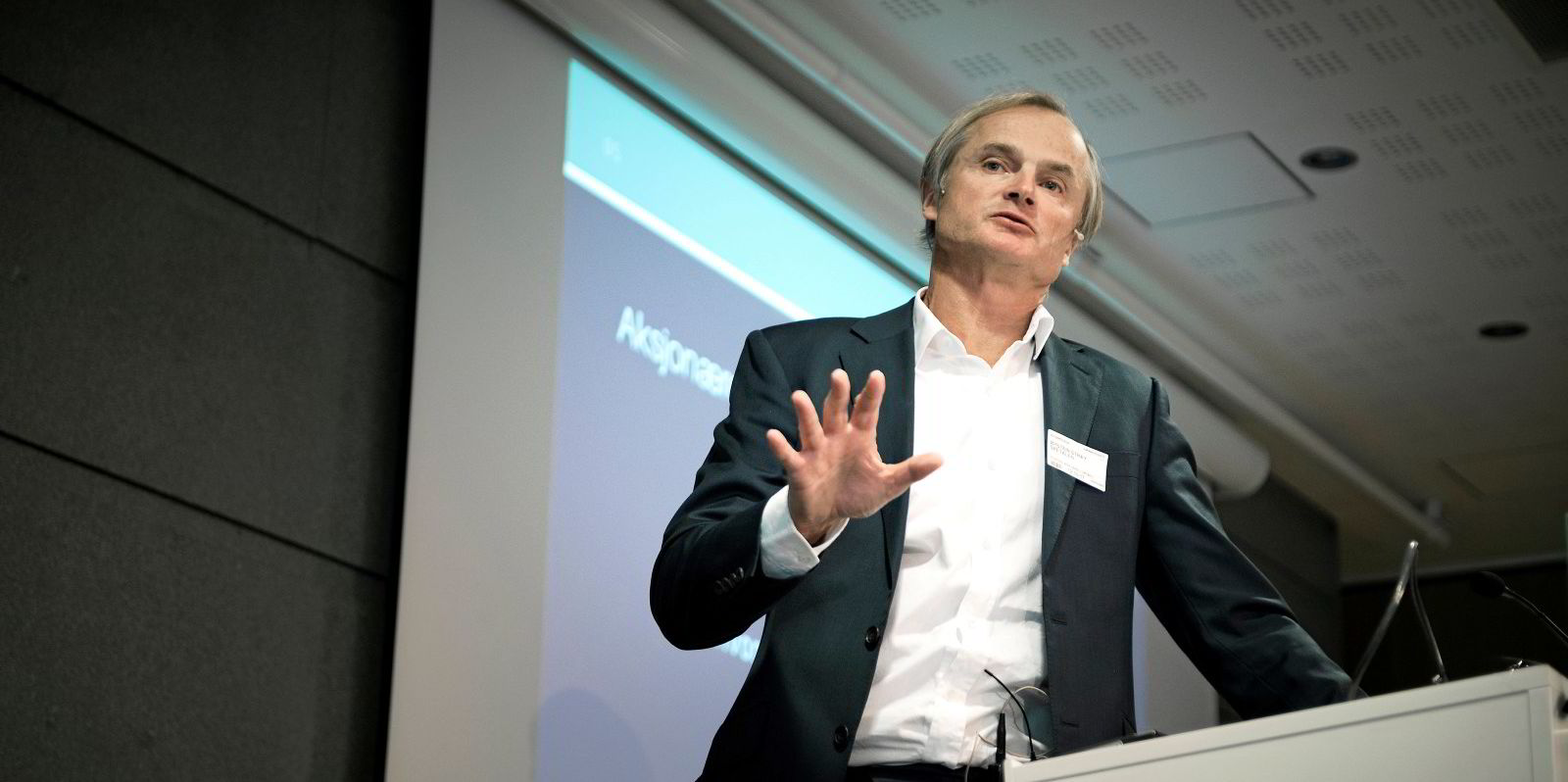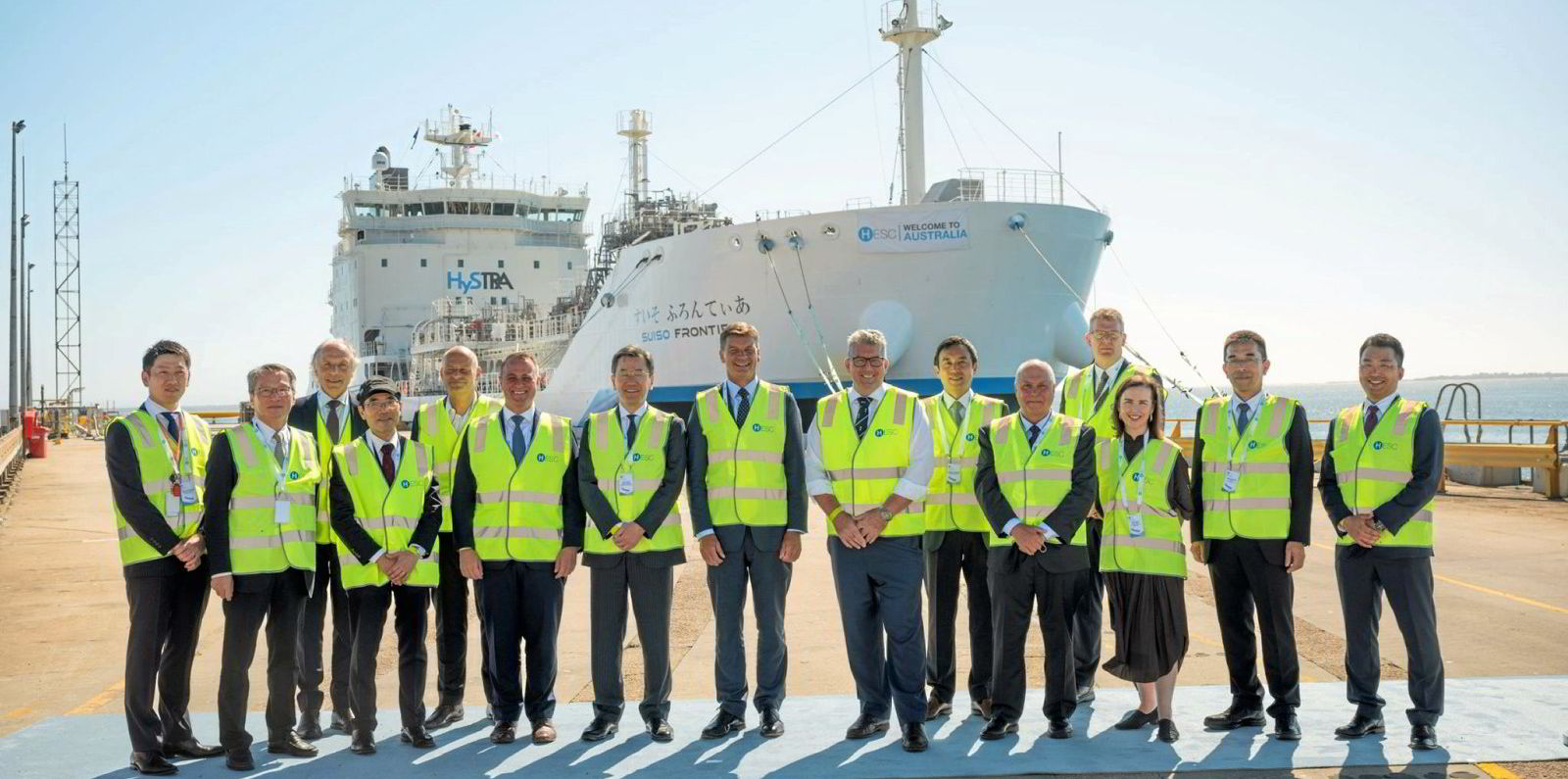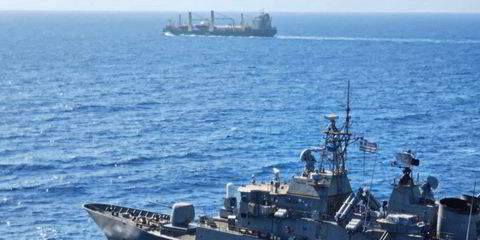Norwegian hydrogen bunkering group Hyon is plotting a listing in Oslo following a private share sale.
The company — backed by tycoon Oystein Stray Spetalen — has raised NOK 50m ($5.7m) in the placement. This values Hyon at NOK 130m.
The group now wants to float on the Euronext Growth board.
"The private placement was oversubscribed and attracted strong investor interest," said Jorn Kristian Lindtvedt, chief executive of Hyon.
He added a listing will allow the company to continue with growth and development plans.
Lindtvedt believes Hyon has a leading position in the maritime hydrogen fuelling sector.
"We will deliver bunkering technology to the world's first commercial-scale filling station for pressurised hydrogen for the maritime sector at the Hellesylt Hydrogen Hub, showcasing our solutions to the numerous maritime hydrogen projects set to commence construction over the next years,” the CEO added.
The placement of 21.4m shares was priced at NOK 2.34 per share.
Three major strategic investors now control Hyon: Spetalen's fund Saga Pure, the former Saga Tankers, plus hydrogen investor Nel Hydrogen and hydrogen electrolyser Norwegian Hydrogen.
“We are pleased with the strong interest in Hyon. With the company’s focus on developing leading hydrogen bunkering technologies, a strong team and exciting projects in the pipeline, we see them contributing to shaping the future of hydrogen in the maritime sector,” said Saga Pure CEO Bjorn Simonsen, a director at Hyon.
Newbuildings coming
Based on data from Saga Pure, Hyon expects the world to see one compressed hydrogen newbuilding in 2022 and one more in 2023, before jumping to five in 2024, 88 in 2029 and 151 in 2030.
The company aims to start pumping by 2023 with a pilot project in one of the country's most environmentally sensitive fjords.
The newly restructured company wants to build compressed-hydrogen bunkering stations around the Norwegian coast — especially at more remote locations, matching trapped renewable energy that needs local applications with transport players that require decarbonised fuel.
The first intended users are small, short-range vessels — ferries, fish farm support vessels, wind farm vessels and coasters. Northern European short-sea shipping is also seen as a reachable target.






